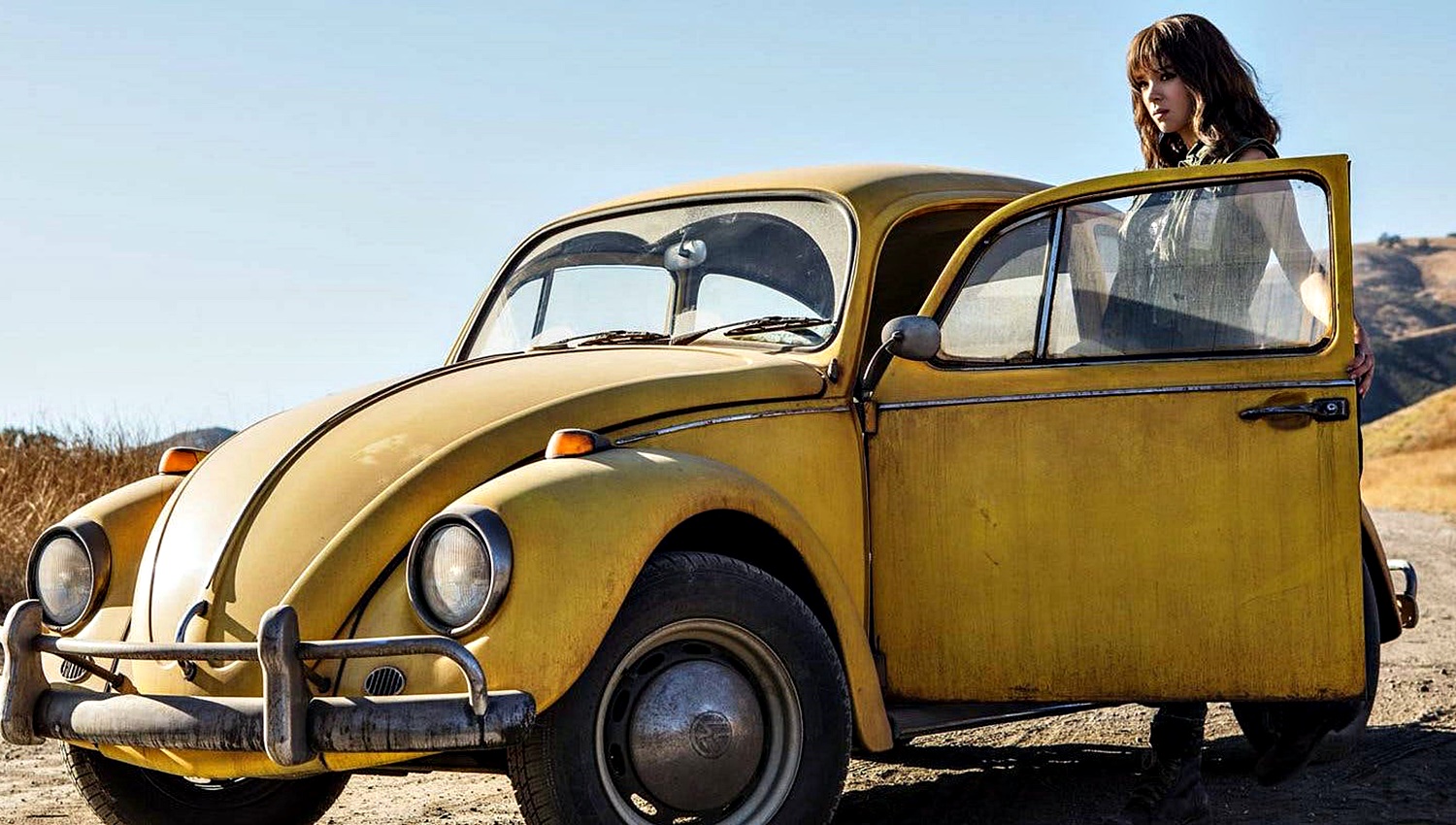
Bumblebee
Dustin Chase
I can appreciate what Paramount did here, going back to the drawing board to fix what wasn’t working with the Transformers franchise. The original “Transformers,” directed by Michael Bay starring Shia LeBeouf worked because it was new, fresh, full of room to offer something different to the silver screen. That quickly wore off after mindless sequels and bad scripts recycled the same plots and storylines. With the rise of so many superhero films, the Transformers were no longer a rare commodity. Screenwriter Christina Hodson has helped the studio re-focus towards a younger audience, which is where it should have always been since it originated as a children’s cartoon and toy line. Oscar-nominated anime director Travis Knight (“Kubo and the Two Strings“) was an inspired choice for the prequel and Oscar nominee Hailee Steinfeld brings the same charm from “Begin Again” and “True Grit” to this project.
It’s 1987, before Earth knew anything about the alien machine race known as Transformers. Leader Optimus Prime chooses the gentle warrior Bumblebee (briefly voiced by Dylan O’ Brien) as ambassador to Earth. Bumblebee’s first minutes on Earth are not pleasant, he’s shot at by an overly anxious military, led by Agent Burns (Cena). Bumblebee soon discovers he isn’t the only transformer on the planet and a fierce battle with a Decepticon results in the loss of his vocal box. Bumblebee finds friendship with 17-year-old named Charlie Watson (Stenfield) who helps him with repairs and becoming accustomed to the human race. Their friendship grows, as does the looming threat of the Decepticons, who want to destroy the Earth before the Autobots can arrive as their protectors.
Screenwriter Christina Hodson has helped the studio re-focus towards a younger audience, which is where Transformers, based on toys, should always have been.
Choosing to focus on one transformer not only cuts down on the visual clutter but it helps focus the story on a singular personality. “Bumblebee’s” script uses the framework of a family friendly pet flick (even having the robot bury his head in the sand when taught to hide in one scene). Everything is stripped down, despite the goal of the Decepticon’s to destroy the world. Music is a large part of the film, 80’s tunes, as we watch Bumblebee learn to talk through the radio as he always has in the other films. Steinfeld helps humanize the relationship between woman and robot much the same way LeBeuof did in the original. However, despite all the welcome subtractions, “Bumblebee” still wears out its welcome with one too many subplots and battles scenes.
We know Bumblebee survives at the end, after all, he’s in all the other “Transformers” films, so the need to tease the audience with his death repeatedly is wasted screentime. “Love Simon’s” Lendeborg is the films second best casting choice. His character is a goofy, clever and charming sidekick that fortunately has some depth to his role, instead of making him just the love interest. Hodson and Knight acutely borrow from other animated and live-action movies like Disney’s 1968 “Herbie the Love Bug.” Reboot and reinvention aside, it’s still a Transformers movie and halfway through the film, after all the more creative elements have been exhausted, it transforms back into something we’ve all seen before.
Final Thought
The Transformers prequel fixes many of the problems in the past with a focused script and less visual chaos.
